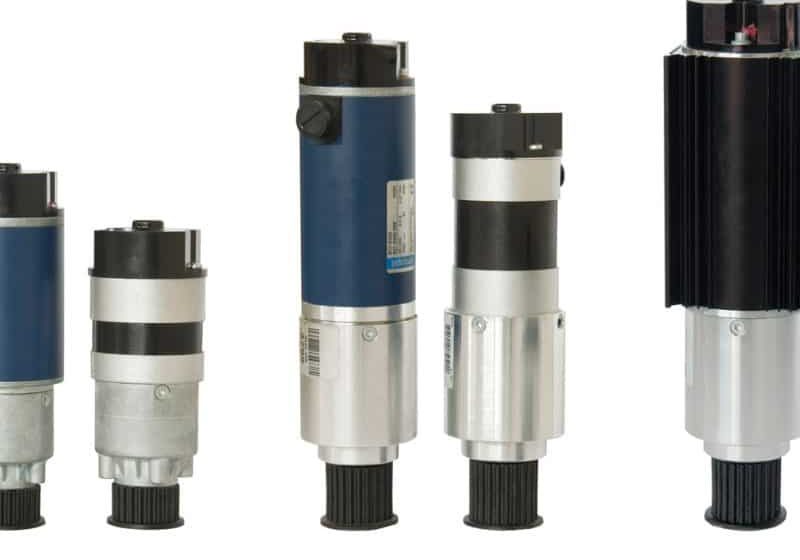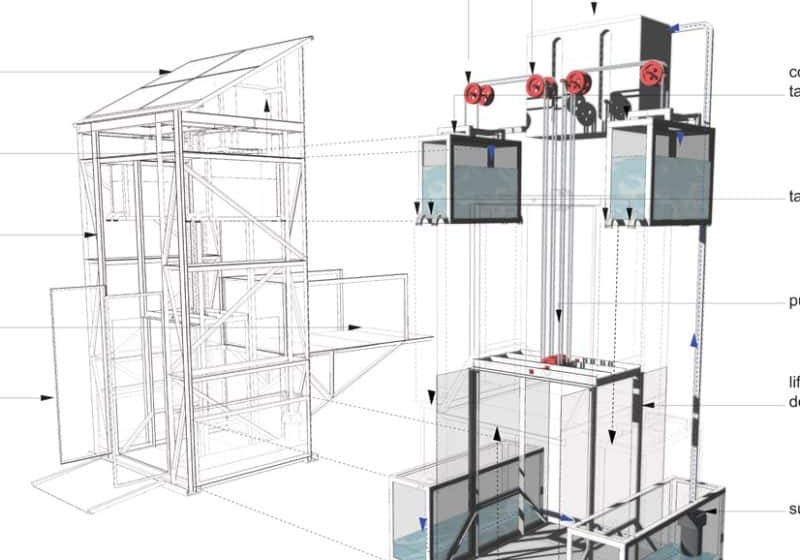by Dan Ashton
International Business Machines’ “Smarter Planet” commercials introduced the concept of cloud computing to the general public in 2009. The commercials suggest an increased capability to collaborate and connect through a new method of obtaining and using computing resources.
However, outside a few commercials targeted toward consumers and a bevy of materials targeted at chief information officers, awareness of the technology is still emerging within several industries, including manufacturing. What is the cloud? More importantly, what does it mean for the elevator industry?
While the cloud may not yet be mainstream, the technology is starting to proliferate. KONE uses cloud-based technologies to better manage its cost base and collaborate with a larger community of buyers and suppliers.
The Ariba® Commerce Cloud is a web-based platform that enables companies to manage its commerce activities from end to end – from buying and selling to managing cash more efficiently. The Ariba Commerce Cloud delivers a set of applications that can be used to source the goods and services needed to fuel operations, gain greater spending visibility and efficiently manage contracts and relationships with key trading partners.
In addition, it provides access to more than 340,000 companies with which to connect and transact business with on a daily basis. The platform also features a social network-like community – like Facebook – through which companies can tap into market intelligence and discover the best practices to leverage and make more informed business decisions. In addition, the platform can help create new trading relationships and business opportunities.
What is Cloud Computing?
From a technological standpoint, cloud computing is a delivery model where computing processes are hosted offsite. Within this model, computing is delivered as a service. Traditionally, resources were purchased once and used infinitely in one place for a flat rate. With the cloud, computing resources are accessed from anywhere and used as necessary.
In KONE’s case, the Ariba platform is known as software as a service (SaaS), because KONE accesses the technology using a web-based interface. No special hardware or software is required, and it can be easily shared and accessed across KONE’s locations and trading partners.
The Commerce Cloud takes cloud computing one step further. It can collaborate more efficiently and effectively with key trading partners in some of the largest trading-partner communities in the world. It also provides more flexible consumption and payment methods, enabling companies to pay as they go and grow. With the Ariba Commerce Cloud, users can access the resources needed to support its business objectives and scale them up or down as these objectives evolve and change. All of this leads to more informed and cost effective business decisions.
Getting Started
How can one leverage cloud technologies to optimize the performance and profits of their organization? Start by applying them to the following commerce processes:
- Procure-to-pay and order-to-cash: Cloud-based resources can streamline and automate these cycles, reduce legacy and burdensome paper-based systems, increase visibility and improve efficiency. The net result is that buyers pay smarter, and their suppliers get approved invoices faster, resolve disputes better and have greater certainty of payment.
- Trading-partner collaboration: Companies are turning to business networks to fuel greater collaboration and rapid time-to-value in their commerce initiatives focused on cash flow and payments. No longer in their infancy, such networks deliver far better value and help remove the burden of in-house “do-it-yourself” deployments. They also have the virtue of reducing multiple supplier efforts, as well (i.e., suppliers can go to one place to reach multiple customers).
- Working capital management: Armed with a platform that turns invoices into payables/receivables quicker than before, trading partners are able to take advantage of new opportunities to remove inefficiency in payment flows to build a better result. Payment discounting solutions, p-card solution integration, direct receivables financing and third-party supply chain finance solutions all combine to provide a toolset with which the modern corporations optimized cash flow and operations, as well as mitigate supply-chain risk for suppliers that face the same economic challenges as their customers.
With the right cloud technologies, companies can access everything needed to develop and implement an integrated cash-management strategy. In addition, they can have the agility required to succeed in the current environment by leveraging SaaS solutions that allow them to quickly respond to business needs, while maximizing resources and existing technology investments.
Choosing the Right Solution
Not all cloud solutions are created equal. To be effective, they must deliver the following in a single, integrated platform:
- Technology: Despite the widespread adoption of business applications such as enterprise resource planning and customer relationship management, major inefficiencies among trading partners still exist. In fact, according to industry estimates, more than US$650 billion in productivity is lost each year due to interruptions in business processes. To recoup these losses, companies need flexible solutions that enable them to optimize the complete commerce lifecycle from source-to-settle and market-to-receipt.
- Capabilities: Declines in demand for goods and services have forced widespread reductions. While many companies are ramping up production, they are doing so without replacing headcount. As a result, they need access to skills and capabilities to supplement their internal resources, be it data crunchers who can provide a clear and accurate view into what is being spent and with whom on an enterprise-wide basis, or technical specialists who can ensure companies are making the most of their investments.
- Community: At the height of the recession, the tendency for most organizations was to shore up costs and adopt a myopic approach to conducting business. Buyers became complacent bystanders as their suppliers ran into trouble. Suppliers, in turn, became less flexible in their negotiations, eyeing badly needed short-term revenue over long-term growth. Both sides gave less, spent less, and in doing so, gained less.
As the economy slowly returns to growth mode, it is more important than ever for buyers and suppliers to work closely together to ensure their mutual success. There are networks that can help them do this by providing a platform through which they can discover, connect and collaborate.
There’s no denying that cloud technologies have changed the way that some companies think about and leverage the web to get things done. No longer the exclusive domain of consumers, online platforms are fast becoming a viable tool for business, whether buying and selling goods or collaborating with trading partners.
Dan Ashton is senior manager, Solutions Marketing, Commerce Cloud Solutions for Ariba. He joined the company in 2008 and was initially responsible for services procurement and content. Ashton has more than a decade of sales and marketing experience in enterprise software. Prior to Ariba, he worked as senior director of solutions marketing at I-many. Prior to I-many, he served in a similar position with Nextance and was vice president of product marketing with Niku, now a part of CA. He was also the director on the marketing team at Chemdex/Ventro. Ahston has a bachelor’s degree in Chemistry from the University of New York at Oswego.
Get more of Elevator World. Sign up for our free e-newsletter.









